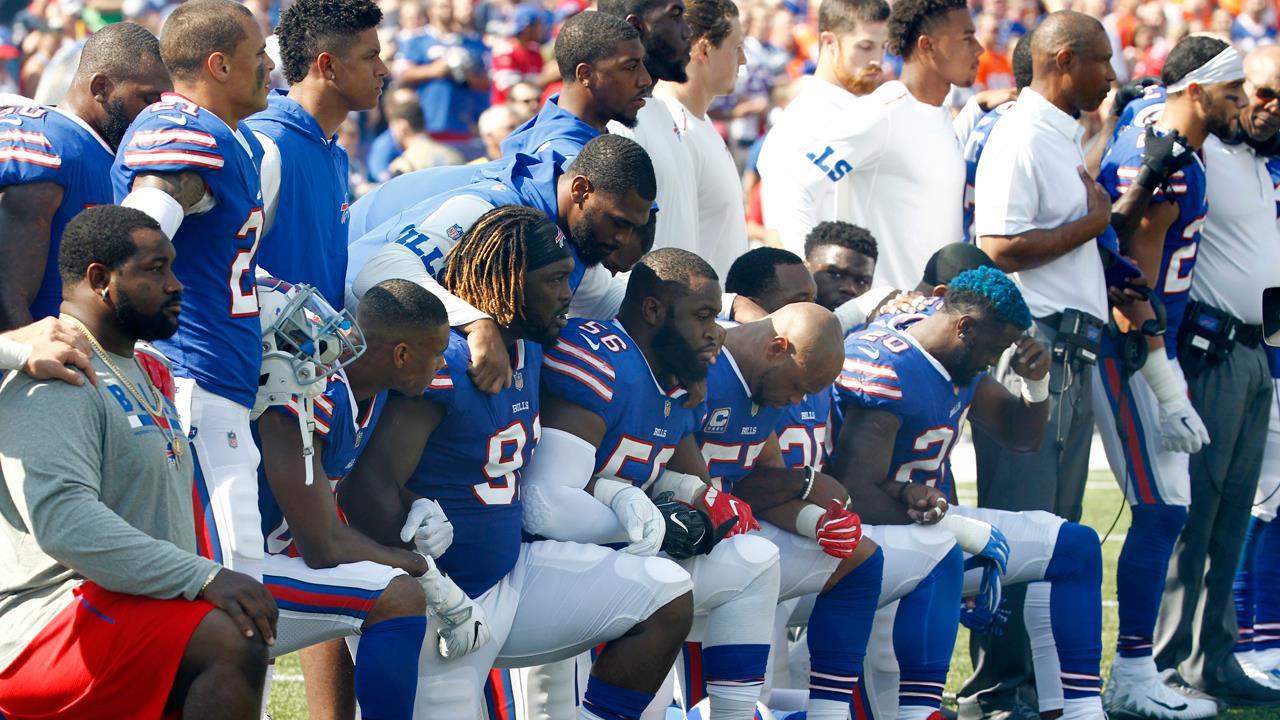The NFL Supplemental Draft, explained
The NFL’s annual supplemental draft is set to take place on Wednesday afternoon, offering college stars who failed to qualify for the traditional draft a chance to earn a rookie contract.
Few players qualify for the supplemental draft. The field is limited to players who are at least three years removed from high school but have lost collegiate eligibility, usually for academic or legal reasons.
Just five players are eligible for this year’s event: Western Michigan cornerback Sam Beal, Virginia Tech cornerback Adonis Alexander, Mississippi State safety Brandon Bryant, Grand Valley State running back Martayveus Carter and Oregon State linebacker Bright Ugwoegbu.
The draft order is determined through a lottery system that allows teams with worse win-loss records a better chance at a higher pick. Teams interested in selecting one of the eligible players can “claim” them in one of the draft’s seven rounds.
Any team that selects a player in the supplemental draft automatically forfeits a pick in the corresponding round of next year’s draft. For example, if a team claims a player in the second round, they can no longer use that second-round pick in the 2019 NFL Draft.
A player’s draft position also determines how much they will be paid in the NFL. Supplemental draft picks earn the same amount of money as a rookie taken in the same round of the traditional NFL Draft, as determined by the league’s rookie pay scale. For example, Cleveland Browns wide receiver Josh Gordon signed a four-year, $5.3 million contract when he was selected in the second round of the 2012 Supplemental Draft.
There is no guarantee that any of this year’s eligible players will be selected in the draft. In each of the last two years, the entire supplemental draft passed without any player being taken. Players who go undrafted become free agents.
A total of 43 players have been selected in the supplemental draft since 1977, including Gordon and current New York Jets wide receiver Terrelle Pryor.
This year’s draft will begin at 1 p.m. ET.




















